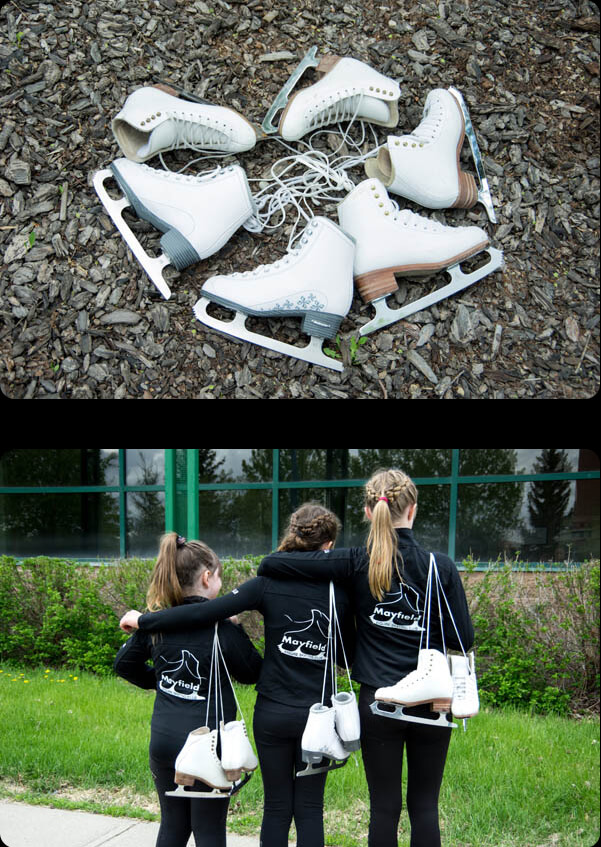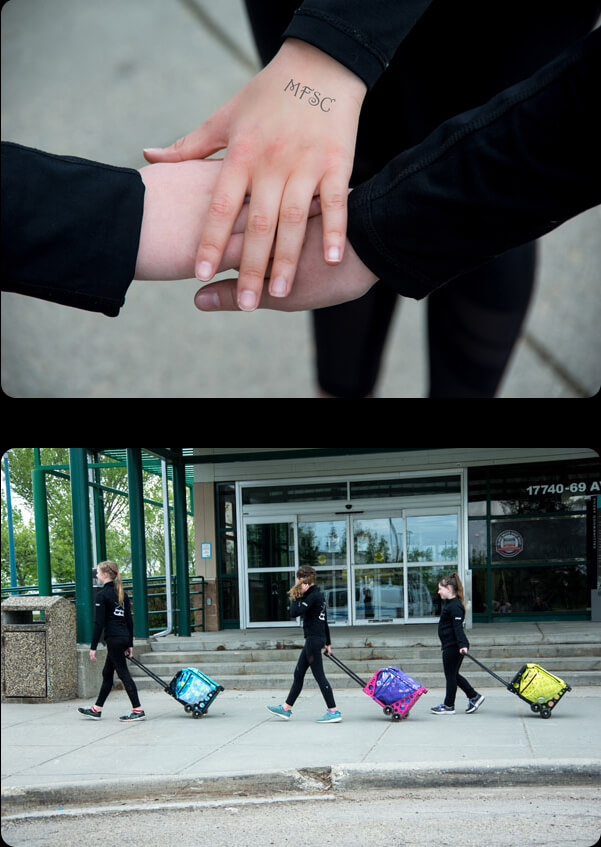Sorry, the page you are looking for is not available.
We're sorry, but the page you are trying to find is not available.
Go back to the Home Page
We're sorry, but the page you are trying to find is not available.
Go back to the Home Page


PO Box 78038 Callingwood RPO
Edmonton, AB T5T 6A1
Phone: 780-905-7775
Email: mayfieldfsc@gmail.com

